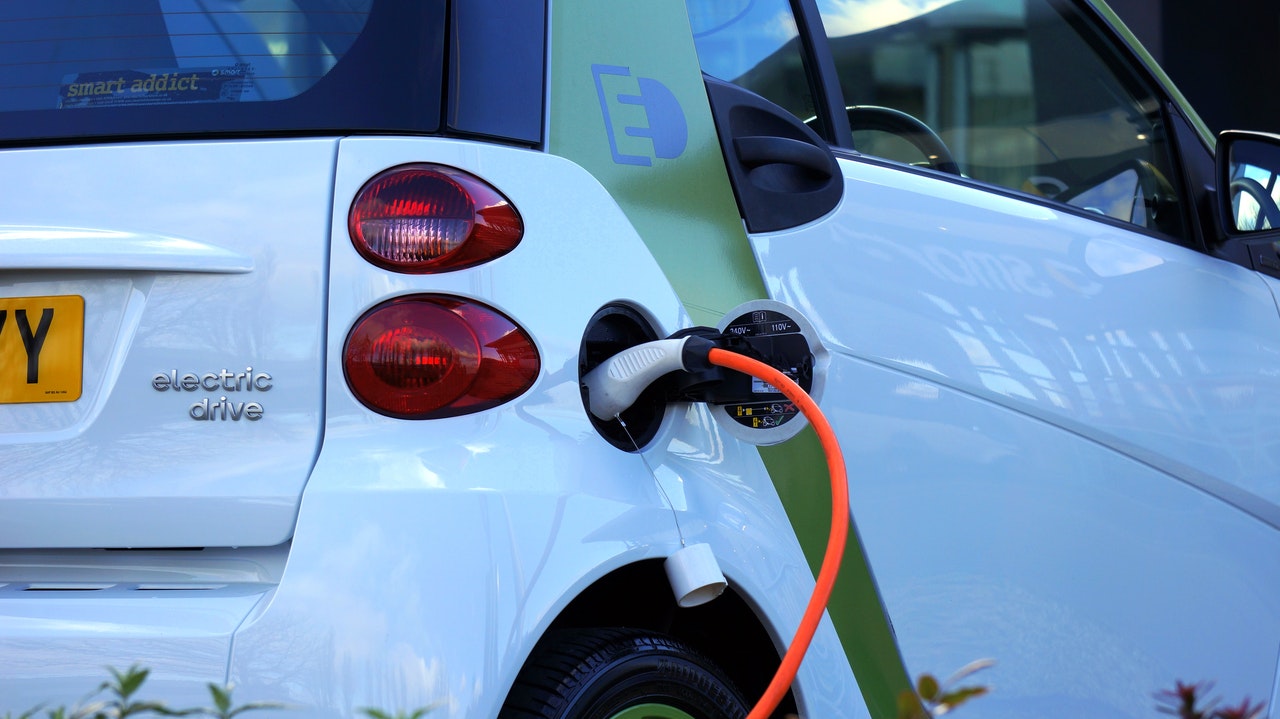The Future Of The Car Industry

Where is The Car Industry Headed?
The car industry is a constantly changing environment finely balanced between speed, comfort, safety and technology. With car features becoming more and more impressive with every model, where can we expect the industry as a whole to go in the next few years?
The Electric Car
Electric was the first phenomenon to transform cars. It was the big one. The answer to the fossil fuel problem. When it was first introduced, experts envisaged a specific use rather than commercial value – public transport for example. Beating the predictions, electric cars are slowly emerging as a must-have in all the market segments. Companies like Tesla have seen incredible growth as the demand continues to grow. Almost all of the major car brands are in constant development of their electric vehicles.
It now has numerous technological advantages and its alleged historical weaknesses, such as the distance you can travel before needing to charge (600 km for the latest Tesla for example) or road performance, no longer apply.
This trend has been greatly reinforced by environmental obligations to reduce greenhouse gas emissions. In accompaniment to government schemes such as conversion charge exemption and road tax advantages, electric cars are becoming more and more attractive to the average consumer. In the years ahead, increasingly powerful hybrid or electric engines will take over the consumer market and various predictions suggest roads in the UK will eventually be almost completely electric vehicles.
The autonomous car
Next, in something that seems to be derived from a HG Wells science fiction novel, cars won’t have drivers.
The autonomous car is already here and its here to stay.
The first two stages have already been completed. Cruise control has existed for several years: drivers can set a cruising speed and remove their feet from the pedals. And some cars now even offer driver assistance systems that make it possible to remove the hands from the wheel in specific situations such as in traffic jams, or when parking, etc. Scary stuff, right?
So if that’s what we can do already, then what does the future hold? 100%, complete autonomy. Engineers are working to replace human eyes with a multitude of cameras, sensors and lasers that will reproduce your driving environment in 3D and allow the vehicle to make navigational decisions without the need for anyone at the wheel at all. Popularized by Google and its famous Google car, most manufacturers have begun looking just how soon pure autonomy can be achieved.
Imagine setting your location, getting in the back to do some work or have a nap and waking up at your destination without the need to pay a cab driver! Crazy!
We don’t have cars that can drive themselves unfortunately, but if all of this tech talk has got you thinking your car might be well out of date, have a look at our car finance deals to see how we can help.
A Synchronised Car
Currently, cars are synchronised perfectly internally. One component does something, which triggers a reaction for another component to do something until the car works as you’ve asked it to.
However, in order to be completely autonomous and make the right decision every time, cars don’t only need to be synchronised internally, but with the outside world, too. Cars must be able to exchange a variety of information with its internal components such as: traffic alerts, weather, vehicle condition and accidents.
Eventually, through various technological advances such as sensors, cars will be able to communicate with other vehicles but also with the infrastructure (roads, buildings, etc.). In addition, numerous online services will be available to passengers: Wi-Fi, cloud, media, entertainment, etc.
Although some of these are already here and some still seem a long way off, the car industry is only going to grow and grow as vehicle demands increase. Keep an eye out for any of the features we’ve mentioned. They might be around sooner than you think!